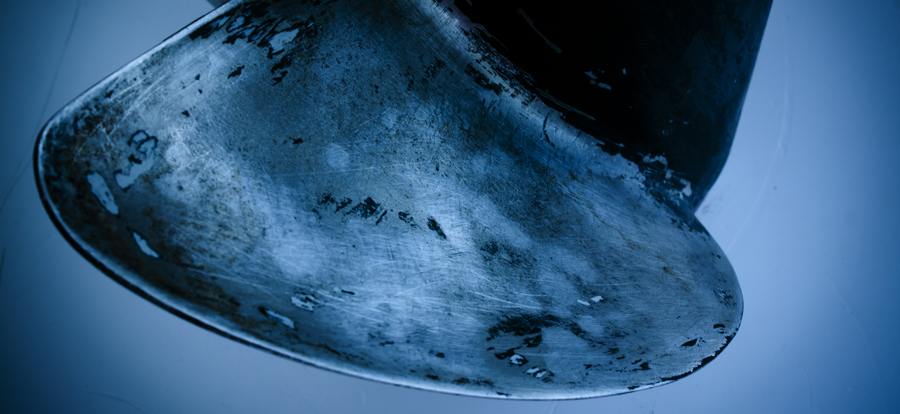Combatting cavitation: How marine CFD can help

Fluid cavitation, the creation of gas bubbles underwater from fast-moving objects, in low-pressure environments, is an unfortunate fact of life for ship designers and builders. It’s a natural phenomenon that has to be mitigated and needs careful attention to keep under control.
Cavitation leads to a variety of issues for ship owners and operators, including:
- Noise
- Vibration
- Erosion
- Adverse impacts on performance
- Structural damage
Therefore, predicting cavitation and investigating alternative designs to reduce it is essential during the design process. Even small adjustments to the propeller geometry could significantly improve vessel performance. Cavitation is a complex problem to solve, though. Traditionally, a cavitation tunnel is used to assess propeller performance and cavitation. But this experimental data only comes toward the end of the design process, making it difficult and expensive to investigate or implement alternatives. Plus, a scaled propeller and hull in a cavitation tunnel can’t properly reproduce cavitation in a realistic environment.
Thankfully, advancements in simulation technology enable the marine industry to better plan for and reduce cavitation and its impacts. Keep reading to learn how cavitation simulation can improve the prediction of cavitation, speed up the design process and lead to better, more efficient ships.
How cavitation simulation can help
Computational fluid dynamics (CFD) makes it possible to design and optimize vessels virtually before any prototype testing. A digital twin of the ship is created and manipulated to test many different operating conditions. Rather than trying to model every single bubble, CFD uses cavitation models. Marine CFD puts more information and capabilities in the hands of designers. They can simulate propeller and hull performance quickly and accurately while taking cavitation into account.
Why choose Simcenter STAR-CCM+™ for cavitation simulation
Simcenter STAR-CCM+™ is the multiphysics CFD software within Siemens’ Xcelerator portfolio. The software performs simulations of products operating under real-world conditions, and the integrated environment includes everything from CAD, automated meshing, multiphysics CFD, postprocessing and design exploration. It enables designers to find the best designs faster.
Specifically for cavitation, Simcenter STAR-CCM+ contains two cavitation models – the Rayleigh-Plesset model and the Schnerr-Sauer model. Both models have been extensively validated. With Simcenter STAR-CCM+, you can perform full-scale simulations and predict cavitation under realistic operating conditions. This approach can give a more accurate assessment of full-scale cavitation than model-scale experiments.
Learn more on mitigating fluid cavitation
Cavitation and its impact on marine vessels are complex, and simulating cavitation is similarly complicated. Professor Milovan Peric of the Institute of Ship Technology, Ocean Engineering and Transport Systems at the University of Duisberg-Essen has written a comprehensive white paper on using marine CFD software to simulate cavitation. Download the free white paper now to learn more.



